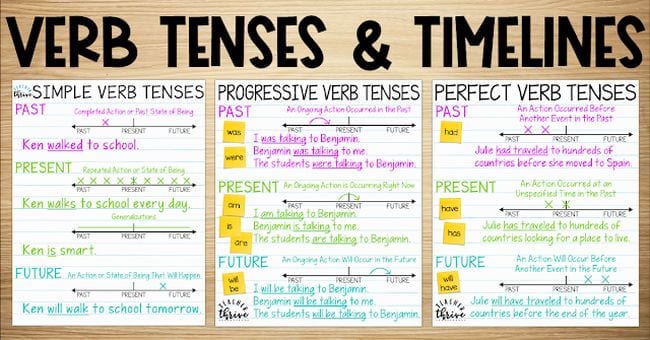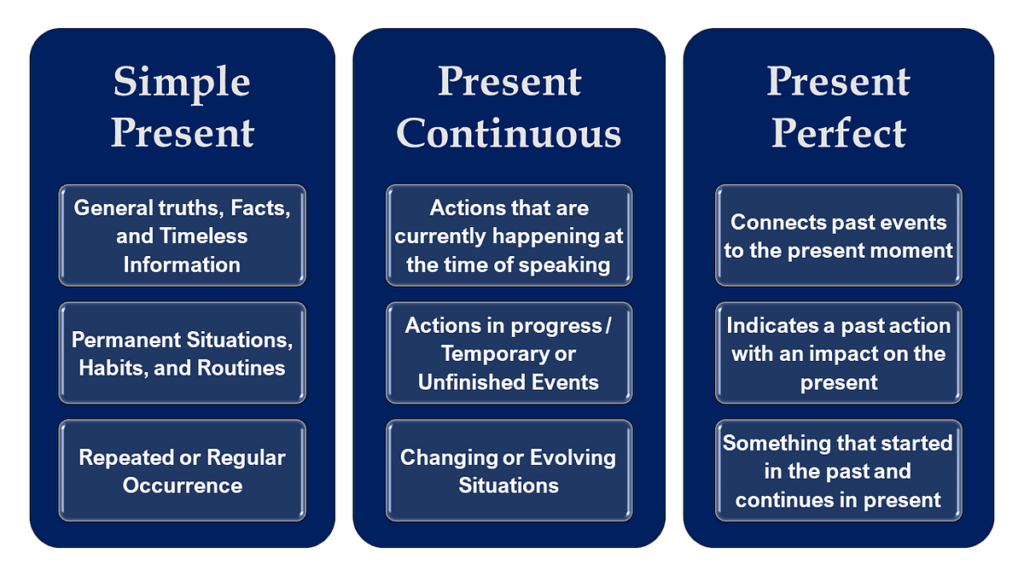Learn Tenses with Xreeder, More Interesting and Amazing

Tenses are forms of verbs that indicate when an action or state of being occurs, such as in the past, present, or future.
There are 12 basic tenses in English, each with a different structure and use. For example, the present simple tense is used for facts, habits, or general truths, while the past perfect continuous tense is used for an action that started and continued in the past until another past action.
Here is a table that summarizes the 12 tenses, their structures, and their uses:
Table
| Tense | Structure | Use |
|---|---|---|
| Present Simple | Subject + Base Verb | Facts, habits, general truths |
| Present Continuous | Subject + am/is/are + Verb-ing | Actions happening now or around now |
| Present Perfect | Subject + have/has + Past Participle | Actions that started in the past and have a connection to the present |
| Present Perfect Continuous | Subject + have/has been + Verb-ing | Actions that started in the past and are still continuing or just finished in the present |
| Past Simple | Subject + Base Verb-ed (or irregular form) | Actions that happened and finished in the past |
| Past Continuous | Subject + was/were + Verb-ing | Actions that were in progress in the past or interrupted by another past action |
| Past Perfect | Subject + had + Past Participle | Actions that happened before another past action or time |
| Past Perfect Continuous | Subject + had been + Verb-ing | Actions that started and continued in the past until another past action |
| Future Simple | Subject + will + Base Verb | Predictions, promises, decisions, offers |
| Future Continuous | Subject + will be + Verb-ing | Actions that will be in progress in the future or at a specific future time |
| Future Perfect | Subject + will have + Past Participle | Actions that will be completed before a future time |
| Future Perfect Continuous | Subject + will have been + Verb-ing | Actions that will start and continue until a future time |
The 12 Basic English Tenses

Present Tenses:
- Simple Present:
- Structure: Subject + Base Verb (+s/es for 3rd person singular)
- Example: She plays the piano.
- Present Continuous:
- Structure: Subject + am/is/are + Base Verb + -ing
- Example: They are eating dinner.
- Present Perfect:
- Structure: Subject + have/has + Past Participle
- Example: I have visited Paris.
- Present Perfect Continuous:
- Structure: Subject + have/has + been + Base Verb + -ing
- Example: She has been studying for hours.
Past Tenses:
- Simple Past:
- Structure: Subject + Past Verb
- Example: We played soccer yesterday.
- Past Continuous:
- Structure: Subject + was/were + Base Verb + -ing
- Example: He was reading a book.
- Past Perfect:
- Structure: Subject + had + Past Participle
- Example: She had already finished her homework.
- Past Perfect Continuous:
- Structure: Subject + had + been + Base Verb + -ing
- Example: They had been waiting for hours.
Future Tenses:
- Simple Future:
- Structure: Subject + will/shall + Base Verb
- Example: I will call you later.
- Future Continuous:
- Structure: Subject + will/shall + be + Base Verb + -ing
- Example: They will be playing tennis.
- Future Perfect:
- Structure: Subject + will/shall + have + Past Participle
- Example: By next year, I will have graduated.
- Future Perfect Continuous:
- Structure: Subject + will/shall + have + been + Base Verb + -ing
- Example: By 5 PM, he will have been working for eight hours.
Tenses not only mark the chronology of events but also add nuance to our stories. The simple present unveils routines and timeless truths. While the present continuously captures the dynamic essence of ongoing actions. A peek into the past through the simple past reveals tales of yesteryears. The past perfectly intricately connects the dots of our personal histories.
Venturing into the future, we encounter the anticipation painted by the simple future. The continuous rhythm of events is foreseen by the future. The future perfect, like a crystal ball, unveils accomplishments yet to be achieved. While the future perfect continuously projects the dedication invested in pursuits over time.
Understanding and mastering these tenses not only refines our expression but also empowers us to convey precise meanings. Whether narrating a gripping story, articulating plans, or reflecting on experiences, proficiency in choosing the right tense enriches our communication.
So, let’s embark on this linguistic journey, exploring the vast landscapes of tenses. Each tense is a tool, a brushstroke in the masterpiece of language. Allowing us to communicate not just words but the essence of time itself. The journey of tenses is an odyssey worth undertaking, for within it lies the art of eloquence and the power to shape narratives with temporal precision.
References
- Brian Backman, Building Sentence Skills (Westminster, CA: Teacher Created Materials, 2003), p. 7
- Fred Obrecht, Minimum Essentials of English (Hauppauge, NY: Barron’s Educational Series, 1999), p. 31
- Jump up to:3.0 3.1 Gary Lutz; Diane Stevenson, The Writer’s Digest Grammar Desk Reference (Cincinnati: Writer’s Digest Books, 2005), p. 77
- Phil Atteberry. “Sentence Types”. University of Pittsburgh. Retrieved 17 January 2015.
- “Independent and Dependent Clauses”. LoveToKnow, Corp. Retrieved 17 January 2015.

2 comments